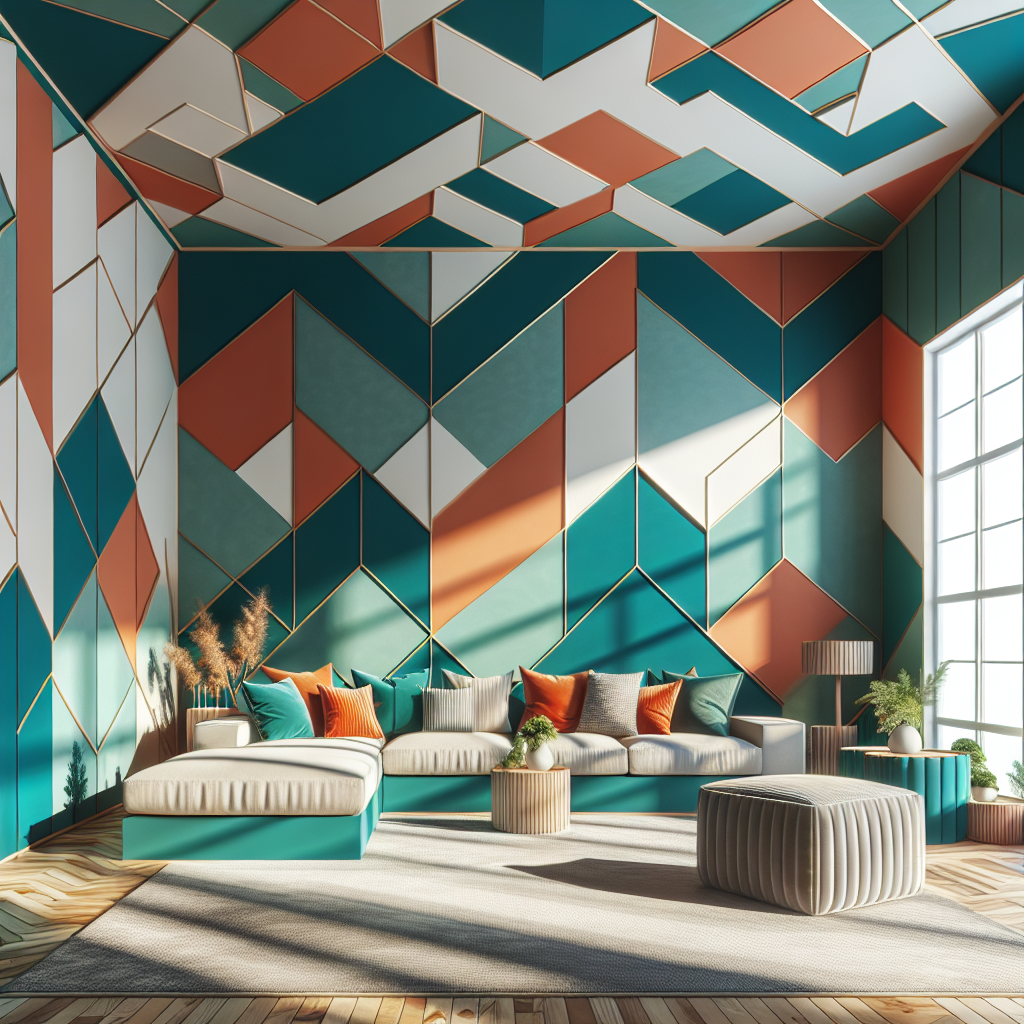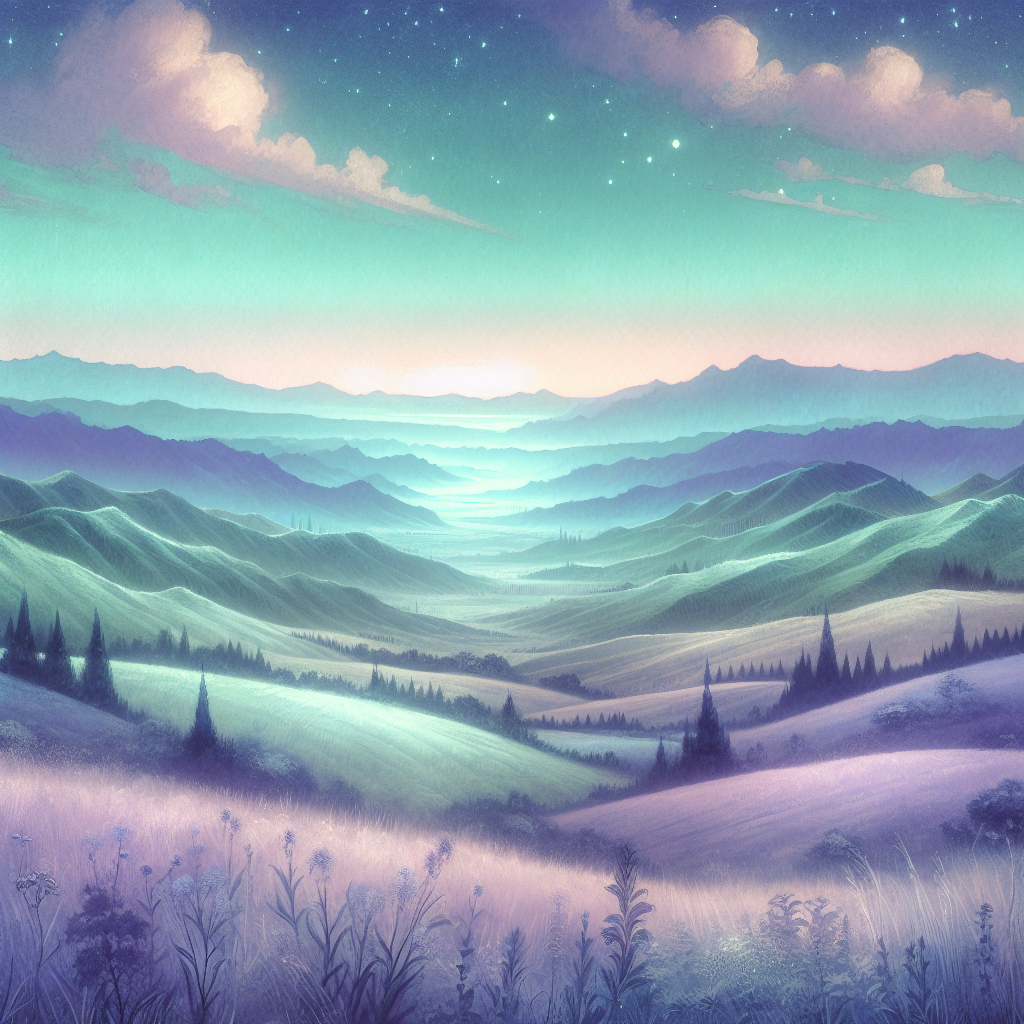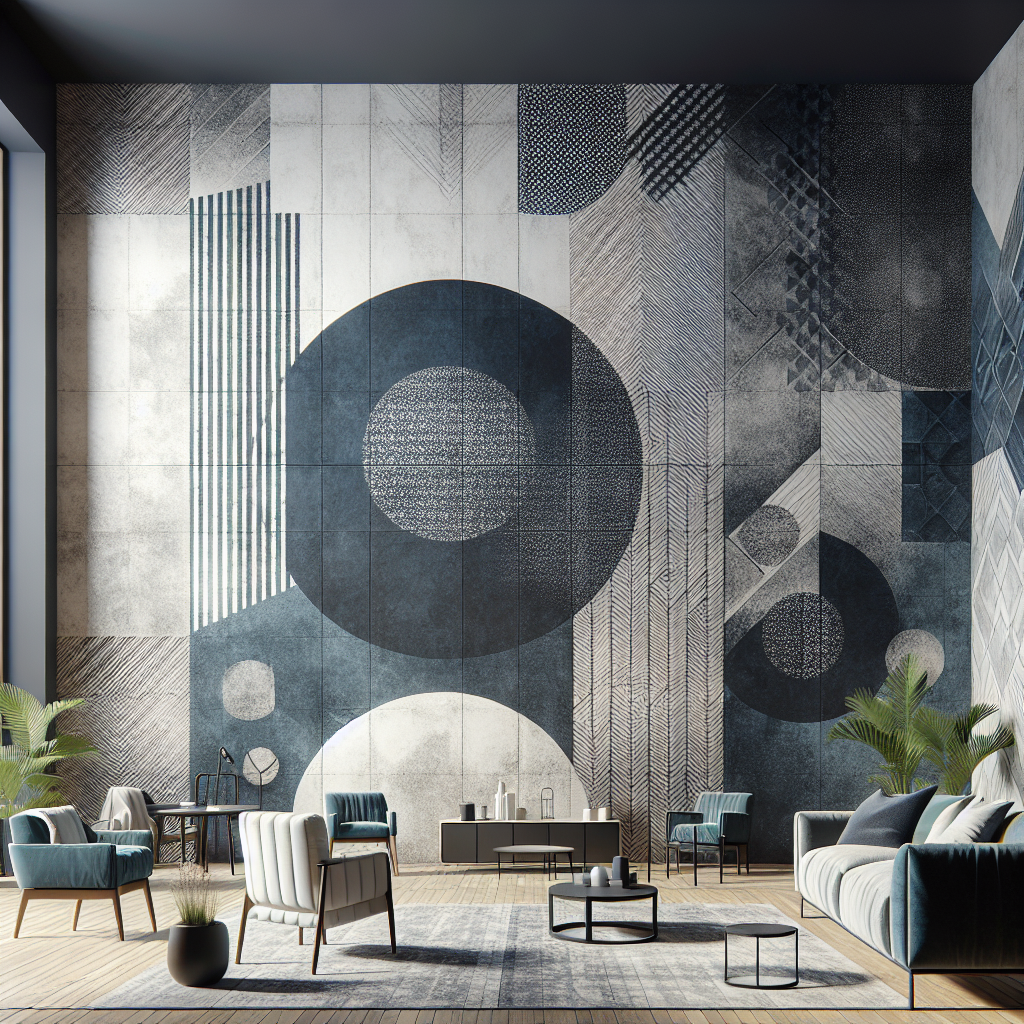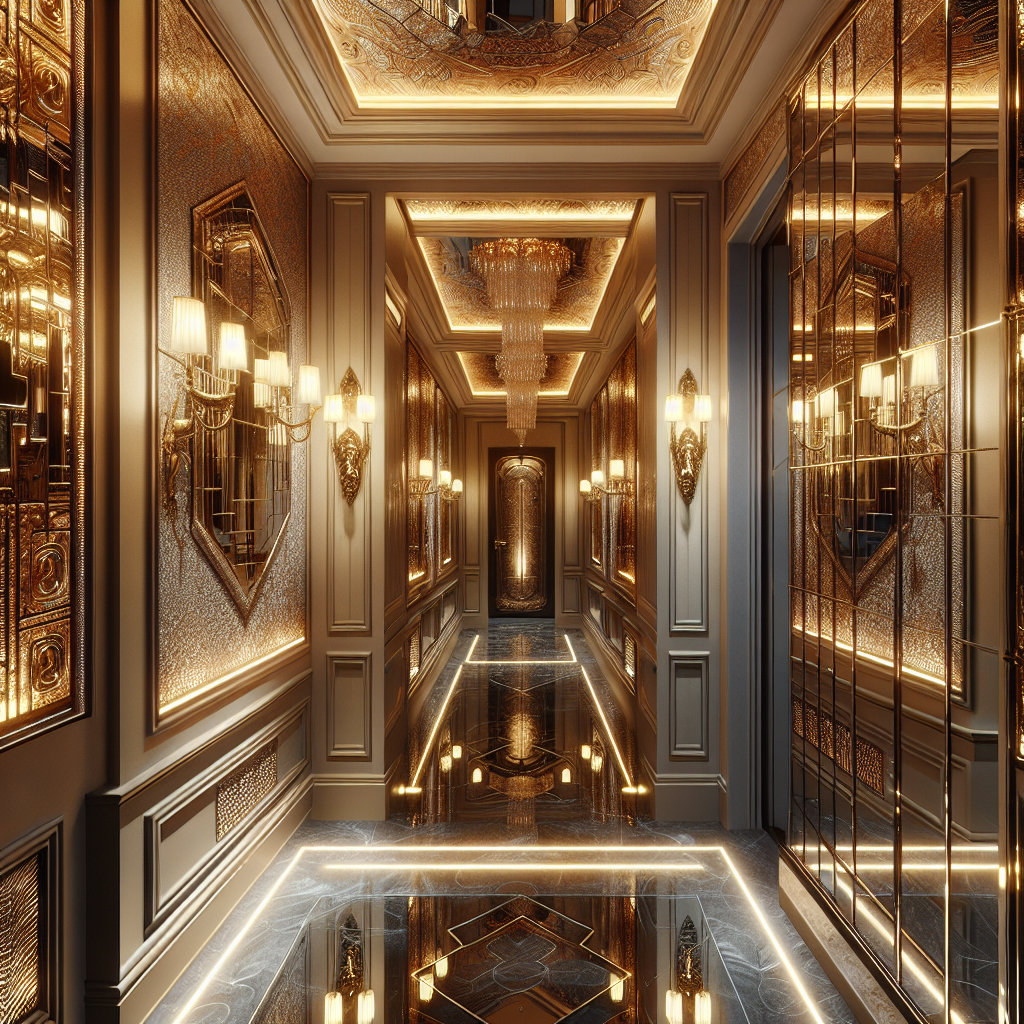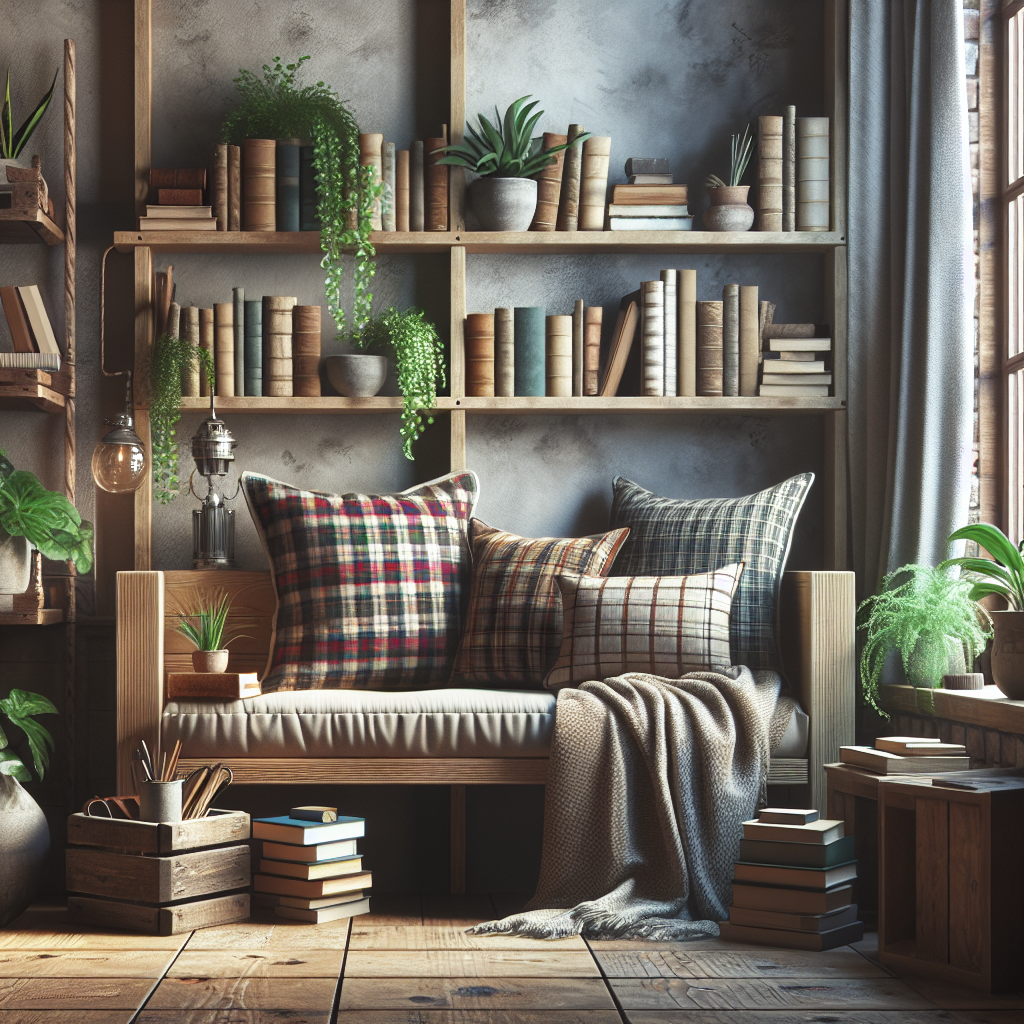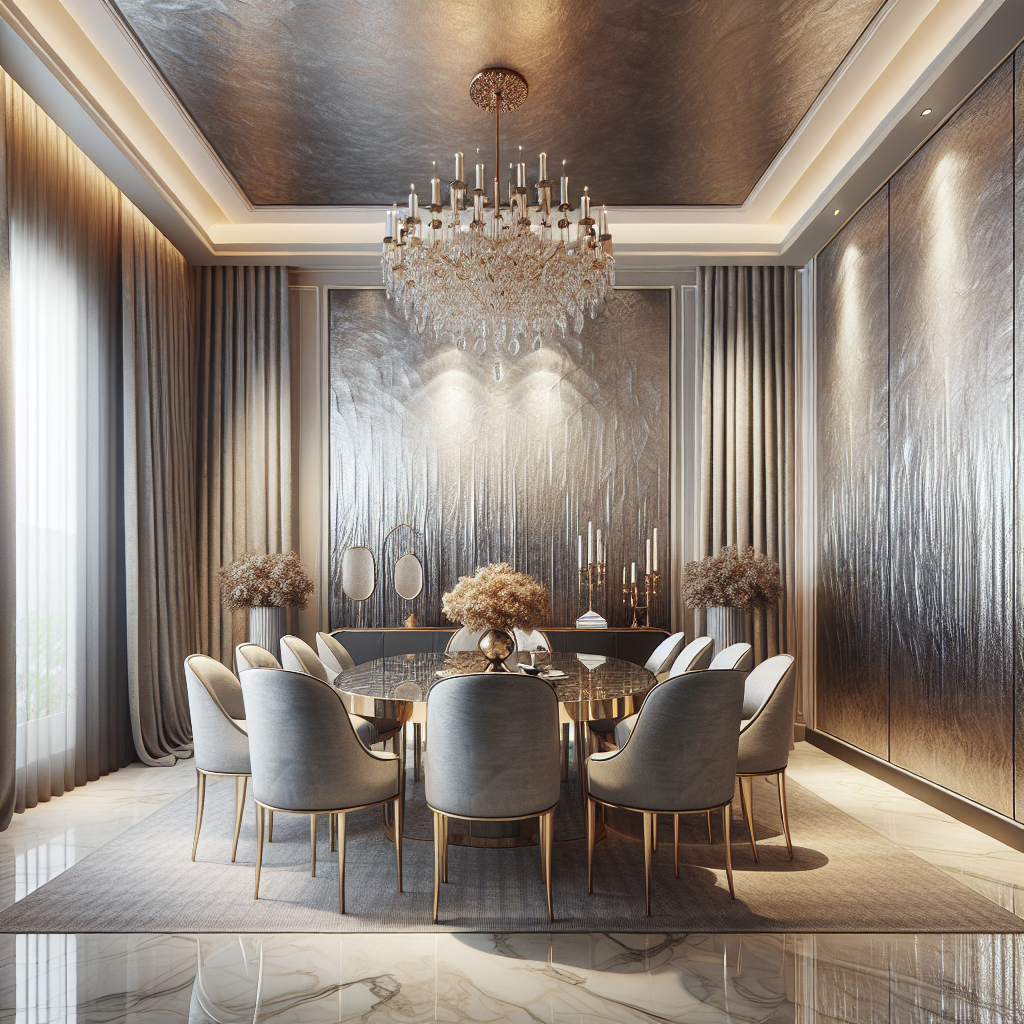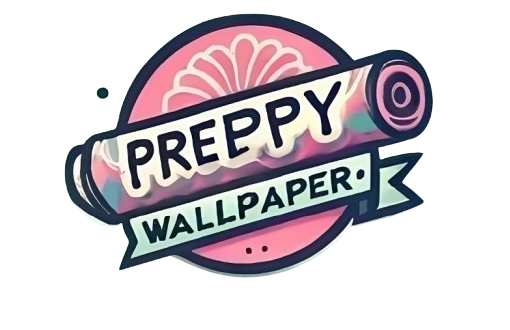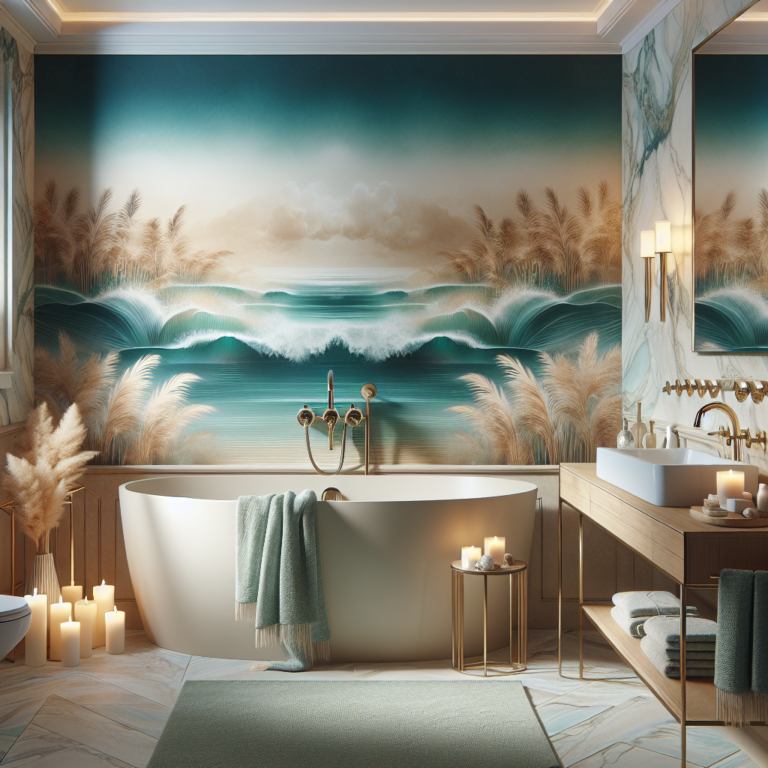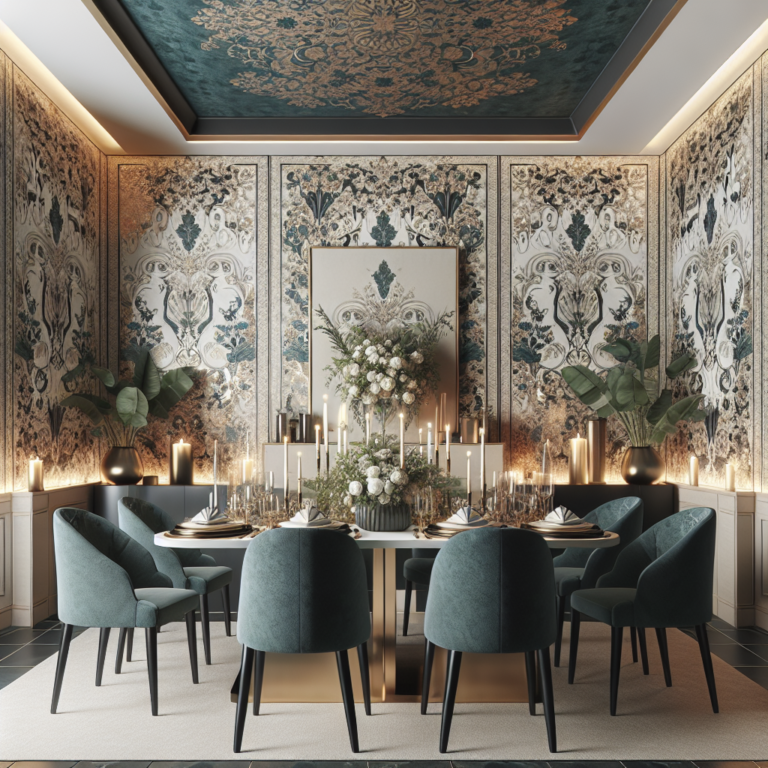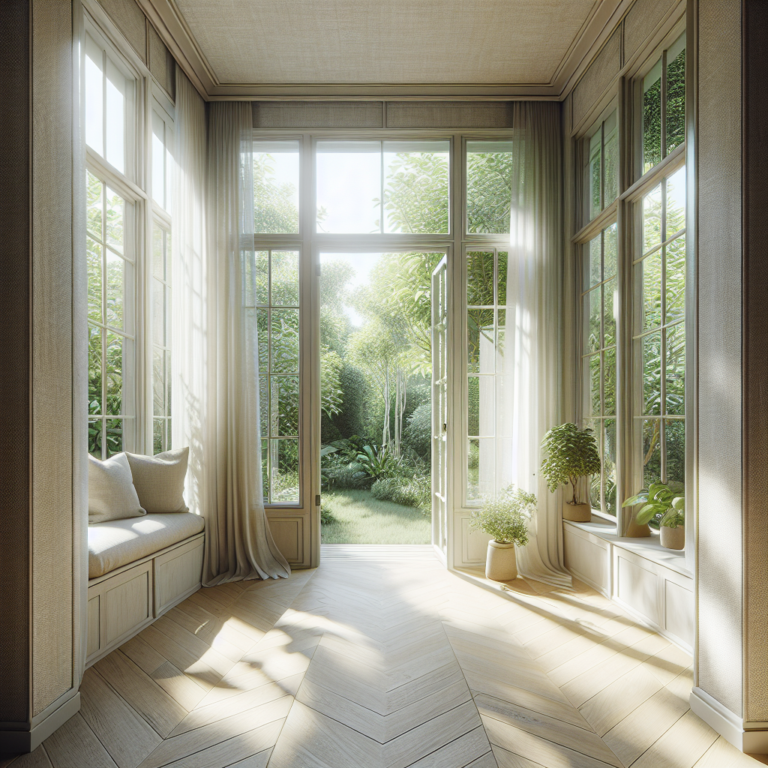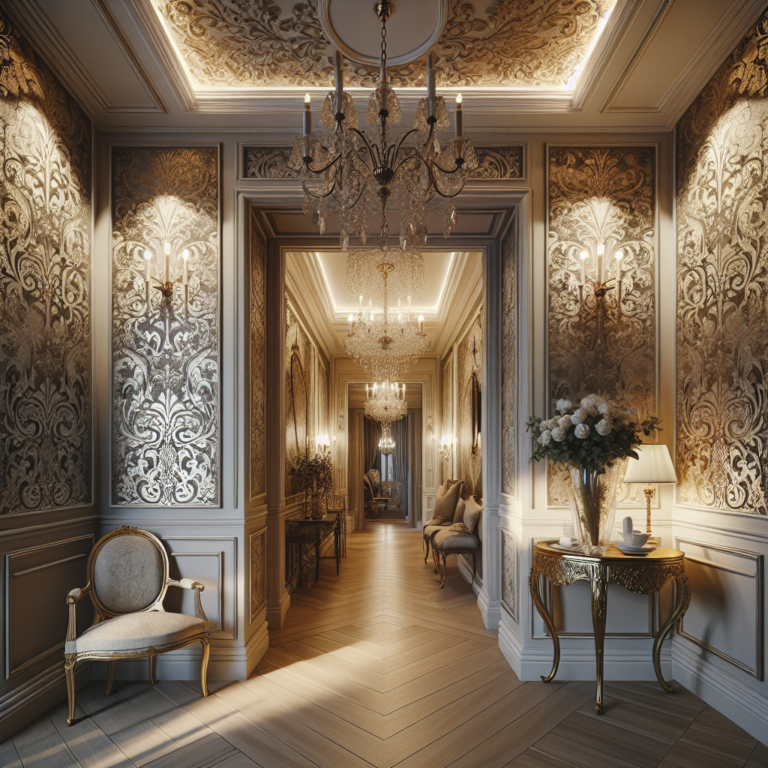Textured Wallpaper: Adding Depth and Character to Your Rooms
Introduction to Textured Wallpaper
When it comes to home decor, one of the most effective ways to elevate your interior space is through the use of textured wallpaper. It’s not just about color; texture adds a whole new layer of depth and character to your rooms. Whether you want to create a cozy reading nook or a modern, edgy space, textured wallpaper can do wonders. This article will explore various options, styles, and tips for using textured wallpaper in your home.
Textured wallpaper is essentially wallpaper that boasts a three-dimensional surface, which can be made from various materials like vinyl, fabric, or even natural fibers. The beauty of textured wallpaper lies in its versatility; it can mimic materials such as brick, wood, or stone. By understanding the types of textures available, you can choose the perfect option that fits your home’s aesthetic and ambience.
The Benefits of Textured Wallpaper
Before diving into the various options available, it’s essential to understand why textured wallpaper might be a great choice for your home. For starters, it can significantly enhance the visual interest of any room. A flat surface can often feel bland, while textured wallpaper invites touch, creating a sensory experience that draws people in. This tactile quality makes it perfect for spaces like living rooms or entryways where first impressions matter.
Additionally, textured wallpaper can serve practical purposes. For example, certain types can help hide imperfections on walls or add insulation to your space. They can also absorb sound, making them ideal for reducing echo in large rooms or apartments. Ultimately, using textured wallpaper is not just about aesthetics; it offers functional benefits that can improve your living experience.
Exploring Different Textured Wallpaper Styles
Textured wallpaper comes in various styles, each offering unique qualities and looks. From classic to contemporary, here are some popular options. Vintage designs may feature intricate patterns or raised surfaces that evoke a sense of nostalgia and charm. These wallpapers often recreate the look of more traditional materials like plaster or stucco, providing a timeless elegance to your home.
Modern textured wallpapers, on the other hand, might lean towards minimalistic designs, focusing on geometric patterns or industrial looks like concrete and metal. These options work well in urban settings or contemporary homes where the aim is to create a chic, polished vibe. It’s crucial to consider your overall decor style when selecting a texture; this helps maintain harmony throughout your home.
Choosing the Right Texture for Your Space
The choice of texture is vital when thinking about the overall room dynamics. Consider factors like room size, lighting, and furniture arrangements. For instance, in small rooms, a subtle texture might help keep things from feeling cluttered, while in larger spaces, bolder textures can help anchor the design. Additionally, think about the light: how does it bounce off textures? A glossy texture can reflect light beautifully, creating a vibrant atmosphere, while matte finishes add warmth.
Your existing furniture and color scheme also play a role. If you have sleek, modern furniture, pairing it with a textured wallpaper featuring soft, flowing lines can create an appealing contrast, adding character without overwhelming the space. Always remember that the goal is to create balance; you want the wallpaper to enhance your decor, not compete with it.
Popular Textured Wallpaper Materials
When selecting textured wallpaper, the material is a crucial consideration that affects both aesthetics and durability. Vinyl wallpaper is among the most popular options due to its versatility and ease of maintenance. It’s water-resistant, making it a practical choice for kitchens and bathrooms. You can find vinyl options that mimic other materials like brick or wood, providing a rustic or industrial charm while remaining practical.
Fabric wallpapers, such as silk or linen, can create a softer feel, adding elegance to any room. However, fabric tends to be more delicate, requiring care to maintain its appearance. You might also encounter natural fiber wallpapers, which pull a rustic vibe into the home, often made from materials like grasscloth or cork. These wallpapers can create a beautiful organic look; consider their specific care needs before making a decision.
How to Install Textured Wallpaper
Installing textured wallpaper can seem daunting, but with the right tools and techniques, you can achieve a stunning result. Before purchasing, it’s vital to carefully measure your wall space to ensure you buy enough wallpaper. Given the variety of patterns, also pay attention to how they align; some textures require precise matching to achieve a seamless look.
Once you have your wallpaper, preparations begin by cleaning the surface and applying a primer if necessary. Starting from either corner, apply wallpaper adhesive and carefully position each panel, smoothing out any bubbles as you go. It’s essential to take your time to ensure a professional finish. If it all feels overwhelming, working with a professional installer can make the process much smoother.
Maintaining Your Textured Wallpaper
Once your textured wallpaper is up, maintenance is key to keeping it looking fresh and vibrant. Depending on the material, some wallpapers can be wiped clean with a damp cloth, while others might require special care. Always consult the manufacturer’s guidelines; they’ll provide the best insight into cleaning methods and frequency to extend the life of your wallpaper.
Additionally, pay attention to any signs of wear, such as peeling or fading. If you notice that your wallpaper seems to be losing its luster, consider touching up certain areas or even redoing particular sections. Regular maintenance not only keeps your walls looking good but also protects your overall investment in your home’s decor.
Conclusion
Textured wallpaper is an incredible tool for transforming your living spaces, lending depth and character that paint simply can’t achieve. With an array of styles and materials to choose from, you can easily find something that complements your home’s aesthetic. Whether you’re looking for rustic charm or modern elegance, the right textured wallpaper has the power to elevate any room. As you consider your options, remember that texture adds not only beauty but also a practical element to your walls that will enhance your living experience for years to come.
FAQs
1. Can I use textured wallpaper in a small room?
Absolutely! You can use subtle textures to make small rooms feel cozier while avoiding overwhelming the space. Light colors can also help create an illusion of space.
2. How do I choose the best material for my wallpaper?
Consider the room’s function; for example, use vinyl in high-moisture areas like bathrooms, while silk or linen might be better suited for more formal spaces.
3. Is textured wallpaper easy to remove?
The ease of removal depends on the material and installation method. Many modern wallpapers are designed to be peelable for easier removal, but always check the instructions.
4. Can I paint over textured wallpaper?
Yes, you can paint over textured wallpaper, but you should ensure it’s securely adhered first, and consider the texture when choosing your paint application method.
5. How do I repair damaged textured wallpaper?
Small repairs can often be made using wallpaper paste to re-adhere peeling sections. For significant damage, replacing the damaged sections may be necessary, aligning patterns carefully.
Below are some great examples of these types of designs: